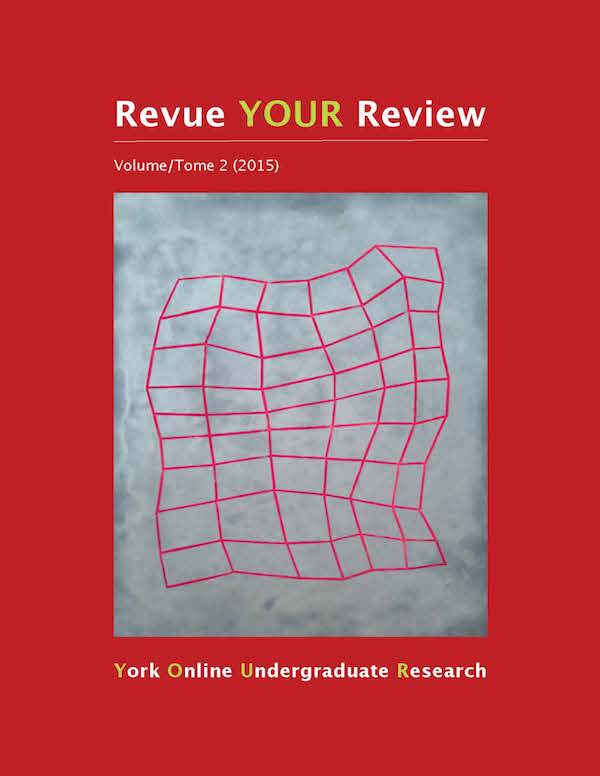A Critical Examination of the Multidimensional Anxiety Scale for Children (MASC)
Abstract
The objective of this paper is to evaluate the Multidimensional Anxiety Scale for Children (MASC). Four major areas of the assessment are evaluated: test development, norm development, test reliability, and test validity. Research in the area supports that the highly structured test format and excellent application of principle component analysis with varimax rotation allows the MASC to successfully discern between anxiety disorders and affective disorders among youth. In terms of the norm development for the MASC, it is evident that there are clear signs of sampling error. More specifically, the MASC uses inaccurate stratified sampling for the Hispanic population (according to the U.S. national census), which reduces the overall reliability and validity of the assessment. Even though this sampling error reduces confidence in the reliability of this tool, the MASC still produces fairly high reliability coefficients. After measuring test-retest reliability, the MASC produces intra-class correlation coefficients of 0.785 (three-week interval) and 0.933 (three-month interval) using Caucasian participants. However, since only a Caucasian sample was used to measure test-retest reliability, these findings must be further validated by more testing using a representative sample. In terms of overall test validity, the MASC produces excellent results, showing strong convergent validity with other tests measuring childhood anxiety such as the Screen for Child Anxiety-Related Emotional Disorders (SCARED) and the Revised Children’s Manifest Anxiety Scale (RCMAS). Overall, this review suggests that even though the MASC generates adequate validity and reliable coefficients, it is recommended that this test be administered concurrently with other diagnostic tools to ensure reliability of its clinical evaluation.
Downloads
How to Cite
Issue
Section
License
Authors contributing to Revue YOUR Review agree to release their articles under one of three Creative Commons licenses: Creative Commons Attribution 4.0 International; Creative Commons Attribution-NonCommercial 4.0 International; or Creative Commons Attribution-NoDerivatives 4.0 International. All editorial content, posters, and abstracts on this site are licensed under Creative Commons Attribution-NoDerivatives 4.0 International. For further information about each license, see:
https://creativecommons.org/licenses/
In all cases, authors retain copyright of their work and grant the e-journal right of first publication. Authors are able to enter into other contractual arrangements for the non-exclusive distribution of the e-journal's published version of the article (e.g., post it to an institutional repository or publish it in a book or in another journal), with an acknowledgement of its initial publication in this e-journal.


